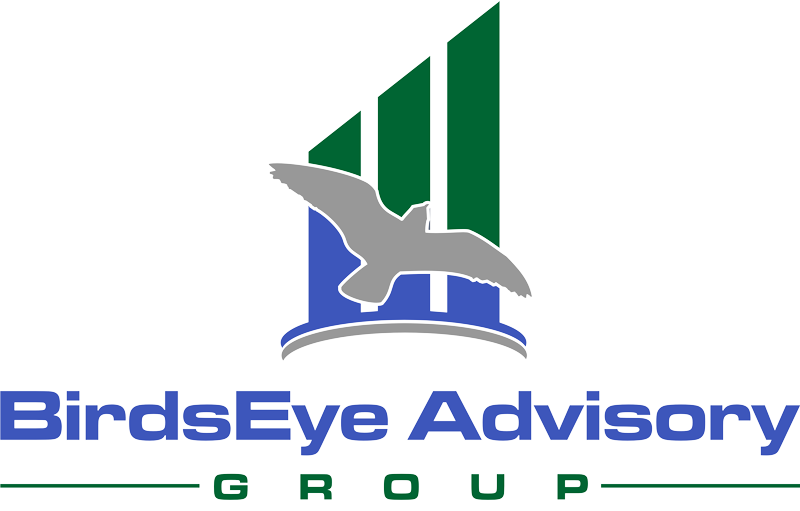
Growing through acquisitions is becoming increasingly popular as business owners see the value in increasing revenue without having to significantly increase overhead. In investment bank speak, this is known as creating “synergies.” In other words, if you buy a pet company whose products would sell into your existing customers and sales channels, you are effectively buying their gross margin and maybe a small amount of overhead. But costs such as rent, accounting or other professional fees, administrative staff, and even sales expenses would be all but eliminated as you fold the business into your infrastructure. If this sounds appealing, then perhaps you are interested in becoming a “strategic buyer.”
What does a strategic buyer need to know before pulling the trigger and pursuing an acquisition? Here are a few key lessons that I’ve learned over years of helping pet companies grow through acquisitions:
1. Similar products will result in the greatest cost savings. If you manufacture dog treats and you acquire a toy company, not only will the manufacturing processes be completely different, but likely the category buyers you call on will be different as well. This is why a durables company (toys, collars, leashes, beds, etc) usually looks to acquire another durables company and that a consumable company (treats/food/supplements) realizes the great synergies when acquiring a fellow consumable company. Think Petmate’s acquisition of Precision Pet Products and Nestle Purina’s acquisitions of Zukes and Merrick.
2. Find out EARLY ON about the Target’s valuation expectations. Several years ago, I consulted with a well-known pet company to help them grow through acquisitions. We identified a list of over 100 companies (aka Targets) that met their criteria. One of the most eye-opening aspects of this project was the importance of fleshing out the Target’s valuation expectations early in the process because 75+% of the time, my client’s valuation expectation did not align with the Target’s valuation expectation. My client was more than willing to pay fair market value for the business, but unless the Target company’s owner was ready and eager to sell, they often will expect a price above (and in some cases WAY above!) market value. Ferreting out the Target’s price expectation early in the conversation will prevent a great deal of wasted time and resources.
3. Ensure the Target is truly interested in an exit. I’ve heard countless stories of buyers working on a deal for months and months, only to have the seller change their mind at the last minute. While there is no way to guarantee this won’t happen, having probing and meaningful conversations at the beginning of the process will mitigate the risk of the Target changing their mind at the 11th hour. Once you’ve identified a willing Target, learn as much as you can about their valuation expectations, their reason for wanting to sell, and what they plan to do post-sale.
4. Sloppy accounting records will result in major difficulties for the buyer. It never ceases to amaze me the number of multi-million-dollar pet companies who do not have professional accounting records. I’ve experienced deals that fell apart because the seller was not able to produce accurate books that the buyer could use to evaluate the business. Questions to ask at the onset: What system is used to keep their accounting records? Do they have a professional accountant prepare monthly or quarterly financial statements? How far back do they go? If they don’t have at least three years of professionally prepared financial statements, sales, inventory, A/R, and A/P data, you may never be able to determine the true value of the business.
5. Spend more time than you initially think necessary evaluating the Target’s customer relationships. In many cases, the most appealing aspect of a potential acquisition is the key customer relationships. Have you been trying to get into Petco or Petsmart but have been unsuccessful? Perhaps you are strong in pet specialty and have a plan to expand into the FDM (food/drug/mass) channel but don’t have experience in entering that market. Acquiring an existing business that is strong in the channels you are not could result in the placement of your current products into the new sales channel. But before paying a strong market multiple for this company, make sure that the relationship they have with the coveted customer(s) is solid and stable. I’ve seen deals fall apart at the last minute because a large customer dropped the Target’s product line before the deal closed. How do you diligence a customer relationship? The ideal situation is to speak to the category buyer(s) at the retailer(s) in question. Many acquirers will put this requirement into the Letter of Intent (LOI) as one of the last steps in the due diligence process before closing. If the Target will not allow this, look at the month-by-month sales to the customer for the last 12-24 months and look for any patterns of decline. Go into the retailer in question and talk to the sales people about the product line. Carefully review any existing contracts.
It probably won’t surprise you that I strongly recommend you hire an experienced team of M&A advisors to help you through the acquisition process. Your team should include an investment banker, an M&A attorney, and an accountant. The right team will more than pay for themselves by preventing you from paying too much for the Target, from putting yourself at legal and financial risk, and by ensuring that the books/records of the Target are accurate.
Carol Frank of Boulder, CO, is the founder of four companies in the pet industry and a Managing Director with BirdsEye Advisory Group, where she advises pet companies in M&A transactions and Exit Planning. She is a former CPA, has an MBA, is a Certified Mergers and Acquisitions Advisory (CM&AA) and holds Series 79 and 63 licenses. She highly values and incentivizes referrals and can be reached at cfrank@birdseyeadvisory.com.
